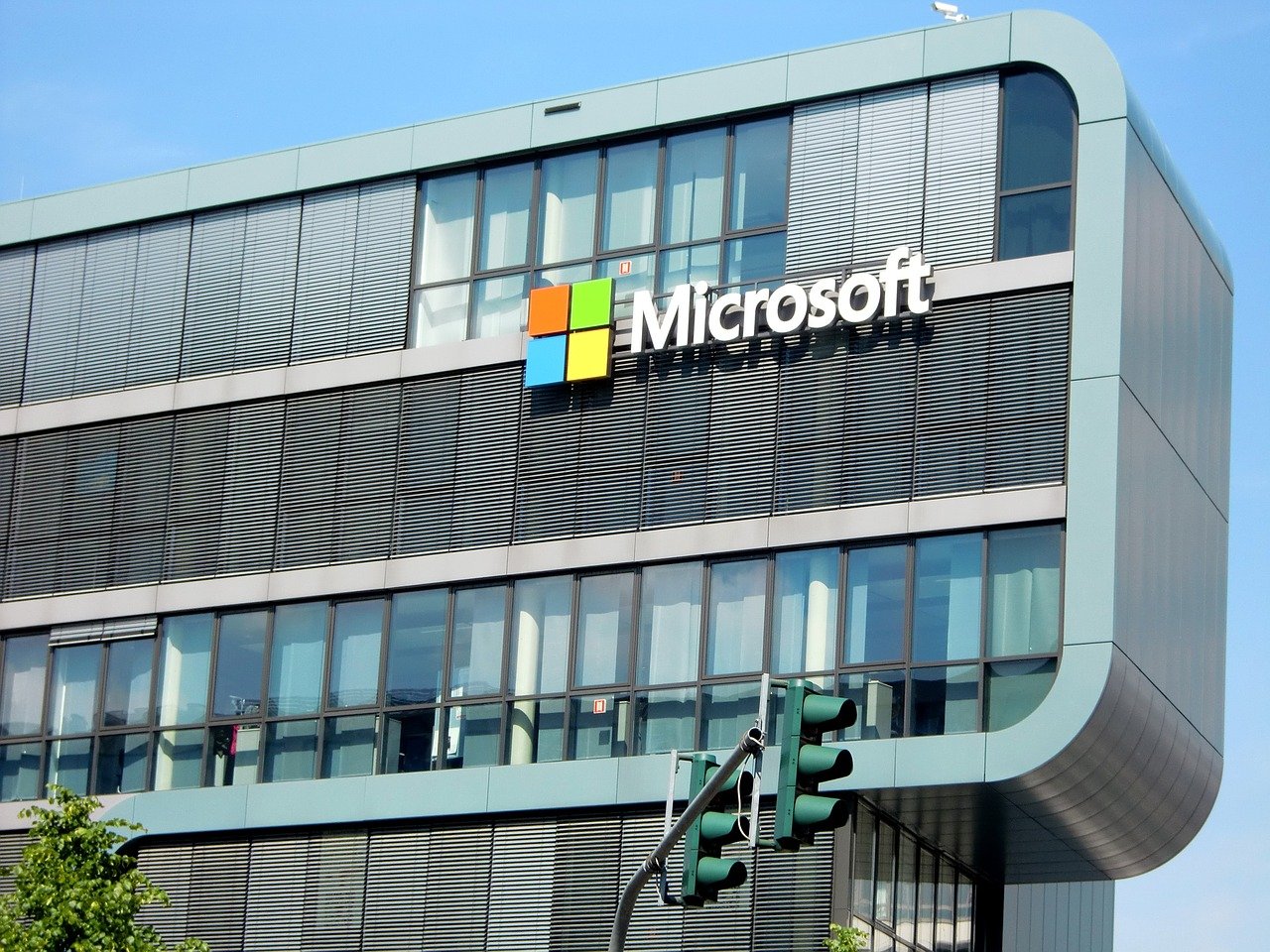Greenthumb Leadership in Action: How Microsoft Used Adaptive Leadership to Boost Employee Retention and Engagement
Last week, we released our comprehensive ebook focused on revitalizing and retaining staff—something we all struggle with in today’s workforce.
One of the elements in the ebook that I believe is particularly helpful and convincing is the inclusion of case studies. In my workshops, I've often heard comments like, “Okay, Matt, I get the theory, the science, and even the catchy acronym, but does any of this actually work? What companies have implemented these methods?"
These are great questions! Who has adopted the C.A.M.P. Method of Motivation, and have they seen results? Who has tried the Leadership Growth Lattice, and does it genuinely drive retention and engagement?
Over the next couple of weeks, I’ll be sharing case studies from the ebook. Before diving in, I want to clarify a few things:
A significant portion of my work is rooted in decades of sociological and psychological research. This is one of my core principles—I’m not inventing these concepts out of thin air, nor do I claim to. However, I’ve reworked these lessons to make them more accessible and practical, both in concept and application. So, while the case studies will reflect the original research behind these ideas (and maybe not my catchy acronyms), the principles remain the same.
Another important note: These case studies are a collaborative effort between AI (ChatGPT) and myself. Ten years ago, creating case studies of this caliber would have been much more difficult, if not impossible. Thanks to AI's capabilities, I’ve been able to gather information efficiently, verify sources, and structure each case. I want to be transparent about that process.
With that, let’s dive into our first case study: Microsoft
A few weeks ago, we explored the metaphor of the gardener as a leader, eventually branding it as “Greenthumb Leadership.” This concept centers on recognizing the aptitude (a person’s competency, intelligence, and skills) and attitude (commitment, aspiration, and resilience) of each team member. As leaders, we must adjust our leadership approach—whether teaching, coaching, supporting, or empowering—based on where each individual is in their development. We categorized these stages as Seedling, Adolescent, Disgruntled, and Mature.
Just like anglers adjust their bait to match the fish they’re trying to catch, we as leaders must adapt to match each stage of a person’s growth.
Microsoft Case Study: Greenthumb Leadership in Action
In the mid-2010s, Microsoft reached a pivotal moment. While the company was a global tech leader, its internal culture was becoming a hindrance. Employee engagement was low, innovation had stagnated, and internal competition was stifling collaboration. Recognizing the need for cultural transformation, CEO Satya Nadella placed employee engagement and resilience at the heart of the company’s strategy, sparking a leadership overhaul that would play a key role in Microsoft's resurgence.
At the core of Microsoft’s strategy was an approach similar to our Greenthumb Leadership Model. The leadership team recognized that a one-size-fits-all leadership approach was no longer effective in such a diverse and evolving environment. Instead, they began tailoring leadership styles to match the specific development levels of employees. New employees, for instance, required clear direction and structure, while more seasoned but disengaged employees needed support and coaching to rekindle their passion and sense of purpose.
One of the most transformative changes was the adoption of a "coaching" leadership style, particularly for those experienced employees who had become disengaged. This approach helped reignite their motivation and contributed to a renewed sense of collaboration and innovation across the company.
Challenge:
Rigid corporate structure limited employee autonomy and innovation.
Competitive internal environment created disengagement and poor collaboration.
Low employee satisfaction and retention rates due to micromanagement.
Solution:
Ken Blanchard’s Situational Leadership II introduced to adapt leadership styles to employee development levels.
Focus on continuous development through training, mentorship, and growth opportunities.
Key Results:
25% increase in employee satisfaction due to personalized leadership approaches.
Improved retention of high-potential employees who felt more valued and supported.
Faster innovation led to products like Microsoft Teams due to enhanced team autonomy.
Outcome:
Cultural transformation into a more collaborative, agile, and growth-oriented organization.
Empowered teams made faster product development decisions, driving innovation.
Microsoft emerged as one of the world’s most valuable and innovative companies by 2020.
My hope is that these case studies will provide some insight, inspiration, confidence and innovation on your part to think about implementing the key concepts of the ebook. Over the next few weeks we will introduce case studies from today’s leading companies and breakdown challenges, solutions, key results and outcomes. Stay tuned!
